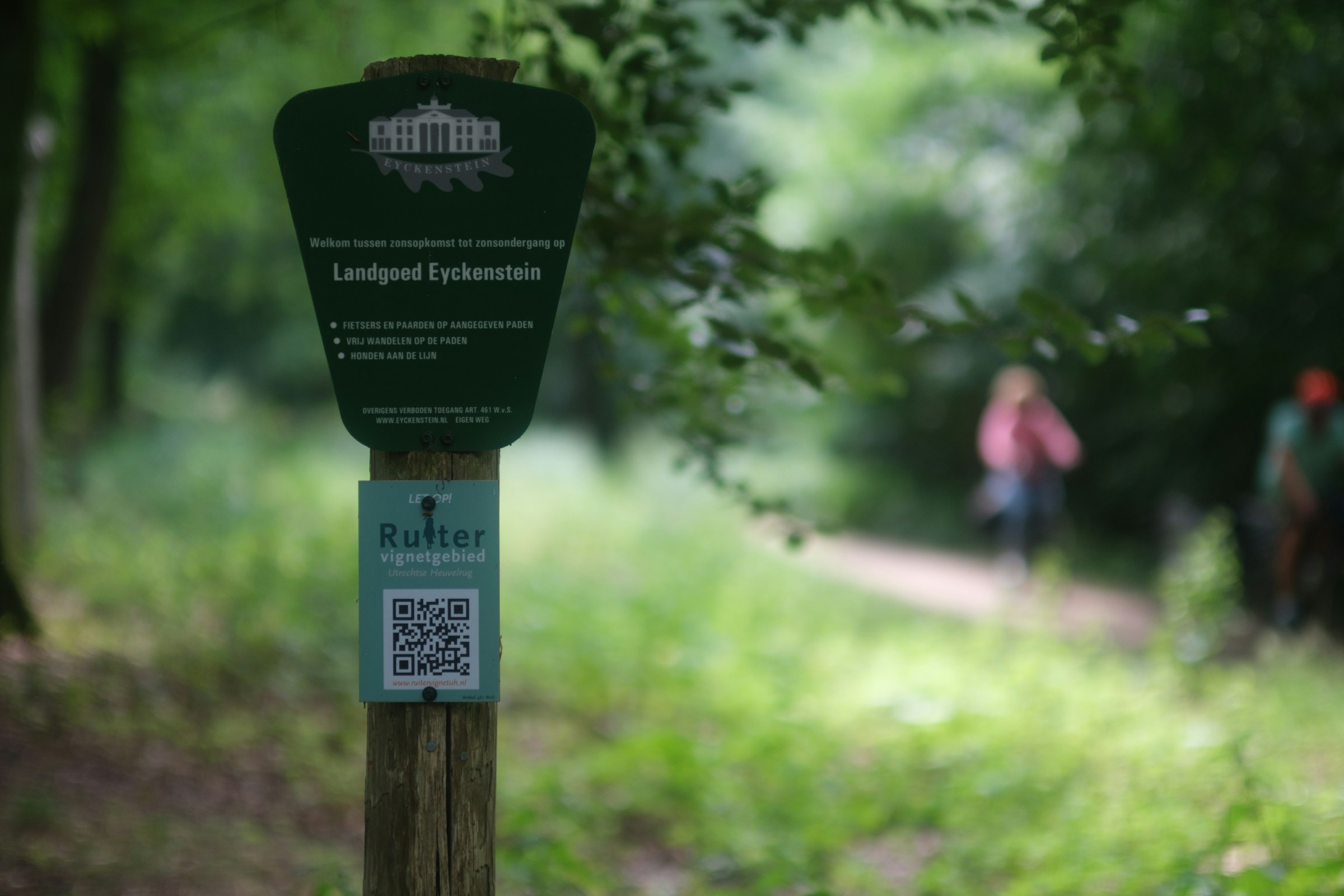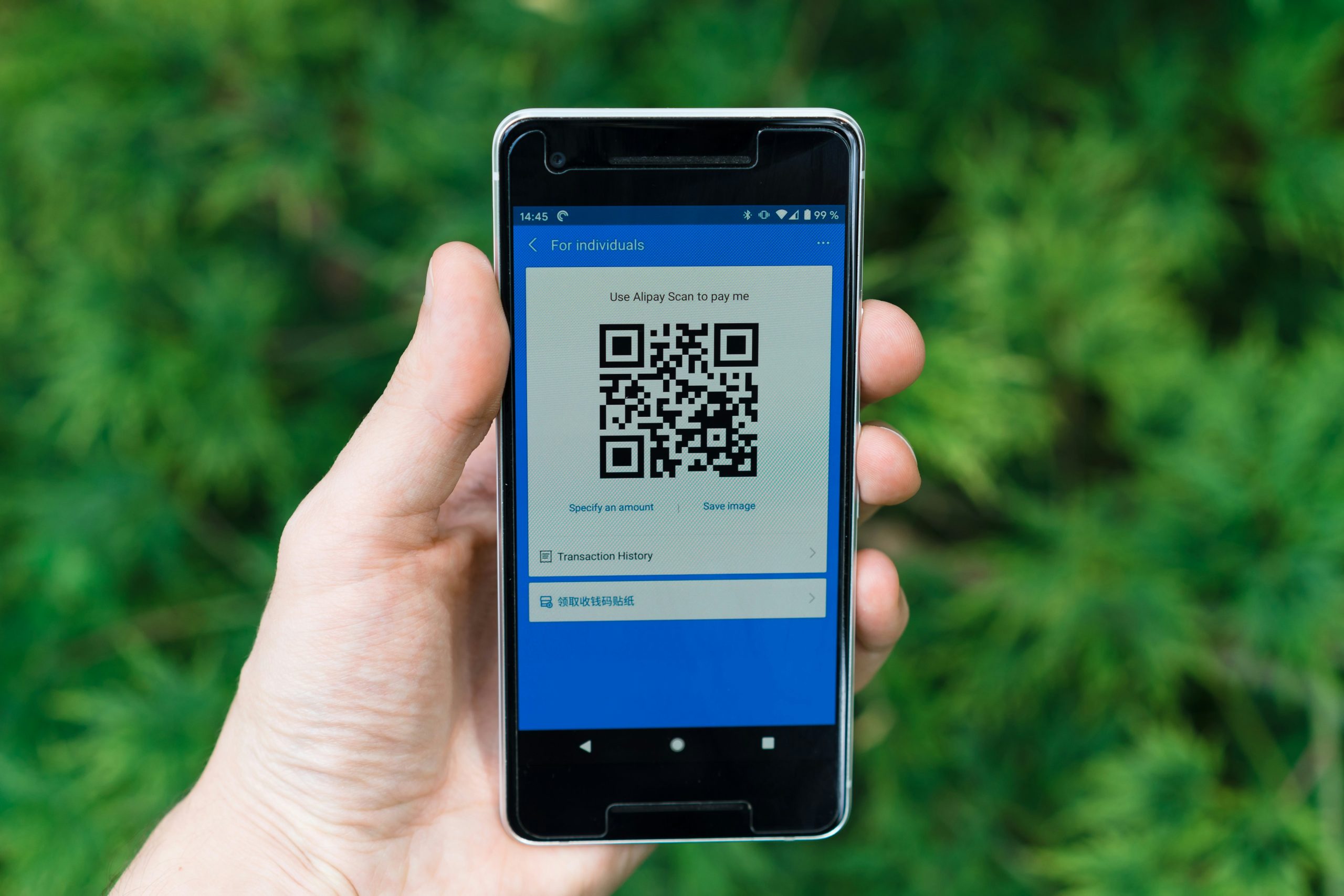In the fight to protect endangered species, technology is playing an increasingly important role. With habitats shrinking and populations dwindling, conservationists are turning to innovative solutions to enhance their efforts. Among these technological advancements, QR codes are emerging as a powerful tool for tracking and raising awareness about conservation efforts. These simple yet versatile codes can be generated easily, allowing conservationists to create a QR code that provides detailed information about specific species, their habitats, and the ongoing efforts to protect them. This integration of technology not only aids in monitoring and data collection but also helps in engaging the public and fostering a deeper understanding of the critical issues facing endangered species today. By harnessing the potential of QR codes, conservationists can streamline their operations and amplify their message, making it easier to mobilize support and resources for preserving our planet’s biodiversity.

Improving Wildlife Tracking with QR codes
Tracking endangered species is crucial for understanding their behaviors, habitats, and threats they face. QR codes can significantly enhance these tracking efforts in several ways:
- Identification Tags: QR codes can be embedded in identification tags attached to animals. These tags provide instant access to the animal’s tracking data, health records, and movement patterns when scanned by researchers.
- Habitat Monitoring: QR codes placed in natural habitats can link to databases that record environmental conditions, helping scientists monitor changes and assess the impact on local wildlife.
- Citizen Science: Engaging the public in conservation efforts is vital. QR codes can be used to involve citizen scientists in tracking sightings and collecting data on endangered species, thus expanding the reach of conservation programs.
Additionally, QR codes can facilitate collaboration among conservation organizations by providing a standardized method for data sharing. This interoperability can lead to more comprehensive conservation strategies and a better understanding of global biodiversity trends. By integrating QR codes into their work, researchers can enhance the precision and efficiency of their monitoring efforts, ultimately leading to more effective conservation outcomes.
Raising Awareness Through Educational Campaigns
Public awareness and education are critical components of successful conservation strategies. QR codes offer a dynamic way to disseminate information and engage the public in conservation initiatives. For instance, zoos, museums, and nature reserves can use QR codes on exhibits to provide visitors with in-depth information about endangered species, their ecosystems, and ongoing conservation efforts. When scanned, these codes can reveal videos, interactive maps, and detailed articles, enhancing the visitor experience.
Educational institutions can also incorporate QR codes into their curricula to teach students about biodiversity and the importance of conservation. Students can scan QR codes to access interactive lessons, species profiles, and conservation project ideas, making learning more engaging and informative.
Conservation organizations can integrate QR codes into their outreach materials, such as posters, flyers, and social media posts. These codes can direct the public to websites where they can learn more about endangered species and how they can contribute to preservation efforts. This approach not only spreads awareness but also encourages active participation in conservation initiatives.
Fundraising and Community Engagement via QR Codes
Funding and community involvement are essential for the success of conservation programs, and QR codes can facilitate these aspects by making it easier for people to donate and get involved. For instance, QR codes can link directly to secure donation portals, simplifying the process for supporters to contribute financially to conservation efforts and significantly boosting fundraising campaigns.
Furthermore, organizations can use QR codes to manage volunteer programs, providing instant access to information about upcoming events, training materials, and registration forms. Moreover, QR codes can be incorporated into merchandise such as T-shirts, mugs, and posters. When scanned, these codes can share stories about the species being protected and explain how the proceeds from merchandise sales are used in conservation projects. This multifaceted approach ensures that funding and community engagement are streamlined and more effective.

Successful Implementation of QR Codes in Conservation
Several organizations worldwide have successfully implemented QR codes in their conservation efforts, demonstrating their effectiveness and versatility.
- Save the Rhino International: This organization uses QR codes on its promotional materials to educate the public about rhino conservation and drive donations. By scanning the codes, supporters can access detailed information about rhino species, threats they face, and how to help.
- The Turtle Conservancy: QR codes are used to track the movement and health of endangered turtles. These codes are part of a broader initiative to monitor turtle populations and implement measures to protect their habitats.
- Wildlife Conservation Society (WCS): WCS integrates QR codes into its exhibits and educational programs, allowing visitors to learn more about the animals on display and the global efforts to save endangered species. This interactive approach helps deepen visitors’ understanding and commitment to conservation.
QR codes offer a unique and powerful means of enhancing conservation efforts for endangered species. From tracking and data collection to raising awareness and facilitating donations, these codes provide numerous benefits that can help protect our planet’s biodiversity. By leveraging the capabilities of QR codes, conservationists can engage more effectively with the public, streamline their operations, and ultimately contribute to the preservation of endangered species.
If you plan to use QR codes in your projects, ME-QR offers convenient solutions for creating and managing QR codes. By adopting such technologies, we can make significant strides in the fight to save our planet’s most vulnerable species.
